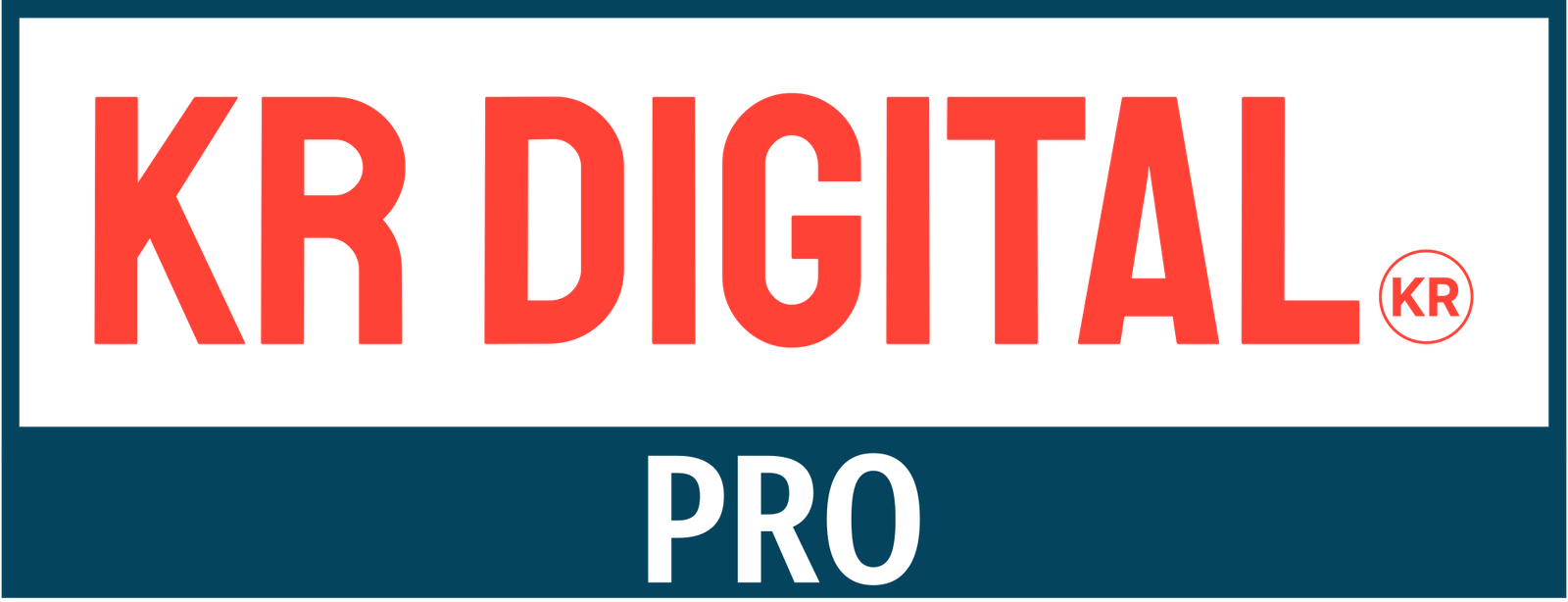What are some current SEO best practices for on-page optimization, such as optimizing title tags, meta descriptions, and headers, which can improve search engine rankings?
As of my last knowledge update in January 2024, on-page optimization remains crucial for improving search engine rankings. However, keep in mind that search engine algorithms and best practices may evolve over time. Here are some general on-page optimization best practices that were relevant in 2024:
- Title Tags:
- Keep titles concise (around 50-60 characters) and relevant to the content.
- Include the target keyword naturally in the title.
- Write compelling titles that encourage clicks.
- Meta Descriptions:
- Create unique and compelling meta descriptions for each page (around 150-160 characters).
- Include the target keyword naturally.
- Provide a clear and concise summary of the page’s content.
- Headers (H1, H2, H3, etc.):
- Use a single H1 tag for the main title or heading of the page.
- Organize content with appropriate hierarchy using H2, H3, etc., tags.
- Include relevant keywords in headers where it makes sense.
- URL Structure:
- Use clean and descriptive URLs.
- Include the target keyword in the URL when possible.
- Avoid using unnecessary parameters or symbols in URLs.
- Keyword Optimization:
- Incorporate target keywords naturally in the content.
- Focus on high-quality, relevant, and valuable content.
- Avoid keyword stuffing, and ensure that content reads naturally.
- Image Optimization:
- Use descriptive file names for images.
- Include alt text with relevant keywords for each image.
- Compress images to improve page load speed.
- Internal Linking:
- Create a logical internal linking structure.
- Use anchor text that is descriptive and relevant to the linked content.
- Ensure that internal links are natural and add value to the user.
- Mobile Optimization:
- Ensure that your website is mobile-friendly.
- Use responsive design to provide a consistent experience across devices.
- Page Load Speed:
- Optimize images and other media files for faster loading.
- Minimize CSS, JavaScript, and HTML files.
- Consider using browser caching and a content delivery network (CDN) to improve speed.
- User Experience:
- Create a user-friendly and intuitive website structure.
- Prioritize readability with clear fonts and appropriate spacing.
- Use a logical content layout that enhances user experience.
Remember to stay updated with the latest SEO trends and algorithm changes, as search engines frequently update their criteria for ranking websites. Regularly auditing and adjusting your on-page optimization strategies will help you maintain or improve your search engine rankings.

